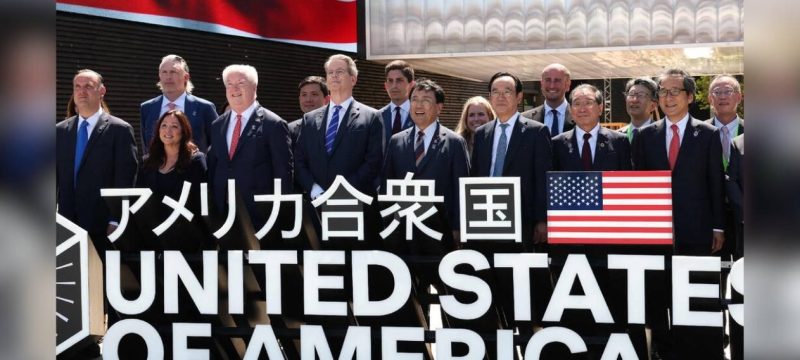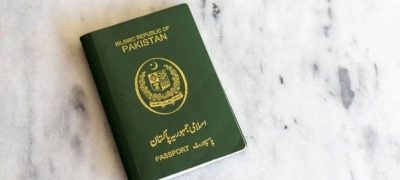Japan’s new Prime Minister, Sanae Takaichi, is stepping into office facing one of her biggest early tests — deciding whether to uphold or revise the previous administration’s contentious trade deal with the United States.
The trade agreement, finalized under her predecessor, deepened economic ties with Washington but sparked debate within Japan over its fairness and impact on domestic industries. Now, all eyes are on Takaichi to see if she maintains the deferential negotiating strategy that secured the deal or charts a new, more assertive course under her “Japan First” policy stance.
Balancing Continuity and Change
During her leadership campaign, Takaichi criticized aspects of the existing trade agreement, arguing that it gave the U.S. disproportionate advantages. However, since taking office, she has sent mixed signals — retaining many of the same trade negotiators while pledging to honor Japan’s existing international commitments.
Her early interactions with U.S. officials also suggest a delicate balancing act. In her first call with Donald Trump, she reaffirmed that the Japan–U.S. alliance is “paramount,” underscoring her intent to preserve strong security and economic ties. Reports further indicate that Tokyo may increase purchases of U.S. trucks, soybeans, and gas, echoing previous promises designed to appease Washington.
At the same time, Takaichi has emphasized protecting Japanese manufacturing and promoting domestic industries — a clear nod to her nationalist base.
A Strategic Crossroads

Analysts say Takaichi’s approach could redefine Japan’s role in the Indo-Pacific trade framework. Maintaining the current deal would preserve economic stability but could deepen domestic criticism that Japan has conceded too much. On the other hand, pushing for revisions risks straining relations with Washington — especially at a time when the U.S. is seeking greater regional economic influence.
The prime minister’s coalition government, which lacks a strong parliamentary majority, may also limit her ability to enact sweeping policy shifts.
What Lies Ahead
Observers are closely watching whether Japan will seek renegotiation of key trade terms, particularly those affecting industrial subsidies and agricultural imports. Any such move could signal a broader attempt to rebalance Japan’s trade relations and assert greater autonomy in its foreign economic policy.
For now, Takaichi’s government appears focused on maintaining stability while quietly assessing areas for adjustment. Her decision — whether to continue with the current framework or pursue reform — will shape Japan’s economic diplomacy for years to come.
In other news also read about Sanae Takaichi Set to Become Japan’s First Female Prime Minister After Winning Party Leadership









